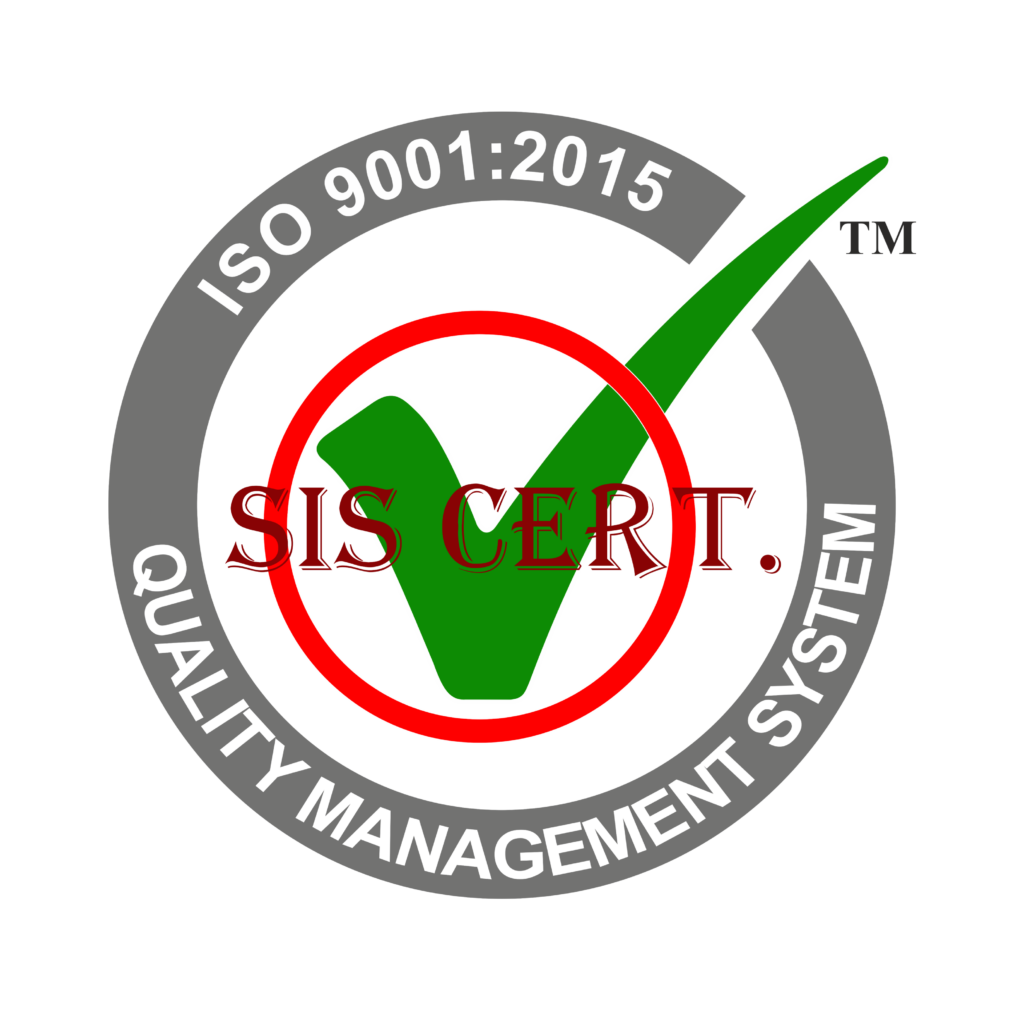The stainless steel manufacturing process is a complex one that requires experienced and forward-thinking professionals to anticipate and plan for the future.
Automation, quality assurance, process optimization, cost reduction, and resource utilization are some of the trends that can help us decode the future of steel production.
By staying ahead of the curve, we can ensure the highest quality product and maintain a competitive edge.
Key Takeaways
- Automation in steel production improves productivity, reduces costs, and increases safety.
- Quality assurance is essential for producing consistent and defect-free steel products, with regular testing and inspection being crucial.
- Process optimization through automation, robotics, and artificial intelligence maximizes efficiency and enables cost-effective production.
- Cost reduction in steel production can be achieved through the utilization of the latest technologies, waste heat recovery systems, and efficient processes like casting and 3D printing.
Automation Benefits
By leveraging the use of automation, steel production processes can be greatly improved, providing numerous benefits to manufacturing operations. Future trends in stainless steel manufacturing processes have the potential to maximize productivity, reduce costs, and increase safety. Automation can help improve accuracy and consistency in production, while reducing labor costs. This can also help to reduce waste and increase the efficiency of a production line. Furthermore, automation helps to reduce the risk of human error, which can lead to significant cost savings.
By implementing automation into the production process, stainless steel manufacturers can develop more sophisticated products that can meet the demands of a rapidly evolving market. Automation can also provide greater flexibility in terms of production schedules and volume. As a result, manufacturers can achieve better quality control and improved production efficiency.
Quality Assurance
Building on the automation benefits discussed previously, optimizing quality assurance protocols is essential for modern stainless steel production processes. Quality assurance is a critical component of stainless steel production, as it ensures the consistency of the materials produced and that the finished product is free of defects. With the implementation of automated systems, the need for quality assurance becomes even more critical, as these systems can be quickly configured to produce a wide range of steel grades and sizes.
To ensure the highest quality, it is important that a stainless steel manufacturer regularly test and inspect their materials. This includes testing the purity of the material, its mechanical and chemical properties, and its dimensional accuracy. The inspection process should also involve visual inspection of the finished product to ensure that there are no surface defects, such as scratches or dents.
To maintain the highest levels of quality, a stainless steel manufacturer must also have a robust quality management system in place, which includes monitoring the production process and adhering to best practices. This includes ensuring that the correct raw materials are used, that the correct manufacturing processes are followed, and that the finished product meets the specified standards.
Quality assurance is a key factor in ensuring the success of any stainless steel manufacturer. By taking the necessary steps to ensure that their production process is compliant with industry standards, manufacturers can ensure that their product is of consistently high quality. This will ultimately lead to improved customer satisfaction, increased efficiency, and higher profits.
Process Optimization
Optimizing production processes is essential for modern stainless steel manufacturing. This can help streamline operations and maximize efficiency. Automation, robotics, and artificial intelligence are heavily utilized to achieve process optimization.
Automation reduces manual labor and cost, while allowing for more consistency in terms of quality and throughput. Robotics can automate tasks that are too complex for machines. AI is capable of accurately predicting and responding to changing conditions.
With the advancement of technology, a more data-driven approach to process optimization is becoming increasingly popular. By collecting and analyzing data in real-time, it is possible to identify the most efficient production techniques and quickly adjust to changing conditions.
Automatic process control systems can help detect problems and make necessary corrections without any human intervention. Ultimately, process optimization allows manufacturers to produce high-quality stainless steel products in a cost-effective, efficient, and timely manner.
Cost Reduction
With the rising costs of raw materials and energy, reducing costs in stainless steel manufacturing processes is becoming a priority for many manufacturers. To achieve this, companies must look for new and innovative ways to reduce costs without compromising on the quality of the final product.
One way to do this is to focus on the production process itself and look for areas where efficiency and savings can be achieved. One approach to cost reduction is to optimize the production process by utilizing the latest technologies and equipment to reduce production time and energy costs. Additionally, process automation and artificial intelligence can be used to reduce the labor costs associated with stainless steel manufacturing. By leveraging advances in technology, manufacturers can achieve higher levels of production with fewer resources.
Another approach to cost reduction is to increase the efficiency of the production process by utilizing waste heat to generate electricity. This can be done by installing a waste heat recovery system which captures the heat generated during the production process and converts it into usable electricity. This electricity can then be used to power the manufacturing process, eliminating the need for outside energy sources.
Finally, manufacturers can also reduce costs by utilizing more efficient processes, such as casting and 3D printing. By using these techniques, manufacturers can reduce production costs significantly without sacrificing quality.
Resource Utilization
By leveraging its resources, manufacturers can optimize the production process to reduce costs while still producing high-quality steel products. Resource utilization is an important aspect of this process, as it can help streamline operations and improve efficiency. Manufacturers must consider the total cost of ownership of their steel production process, including the cost of raw materials, labor, energy, and other related costs. By utilizing resources more efficiently, manufacturers can save money and increase profits.
To maximize the efficiency of resource utilization, manufacturers need to invest in modern technology. Automation and advanced analytics can help reduce waste and improve productivity. Additionally, manufacturers should look for ways to reduce non-value-added activities, such as energy-intensive processes or inefficient workflows. By focusing on the most effective utilization of resources, manufacturers can boost their bottom line.
Finally, manufacturers must strive to be accountable and responsible in their resource utilization. Environmental sustainability should be a key priority, as it can help reduce the cost of production while ensuring that the process is as efficient as possible. By maintaining high standards in resource utilization, manufacturers can ensure that their products are produced in an environmentally friendly manner.
Frequently Asked Questions
What New Technologies Are Being Used in Stainless Steel Manufacturing?
Stainless steel manufacturing is now utilizing advanced technologies such as 3D printing, robotic automation, and powder metallurgy to create more efficient and cost-effective processes. These cutting-edge techniques are revolutionizing the industry to create more innovative products.
What Are the Environmental Impacts of Stainless Steel Production?
Stainless steel production has significant environmental impacts, including air and water pollution, soil contamination, and the use of hazardous chemicals. However, advances in technology are reducing these impacts and making production more sustainable.
What Are the Potential Safety Risks Associated With Stainless Steel Manufacturing?
Stainless steel manufacturing poses potential safety risks, such as exposure to hazardous chemicals, fire hazards, and the risk of injury from heavy machinery. It is important to consider these risks and take proper precautions to ensure a safe and efficient production process.
What Safety Protocols Must Be Followed When Working With Stainless Steel?
When working with stainless steel, safety protocols must be followed to minimize health and environmental risks. Adequate safety gear and training for personnel is essential to ensure safety.
What Are the Long-Term Economic Benefits of Stainless Steel Production?
Stainless steel production is economically beneficial in the long term due to its durability, versatility, and resistance to corrosion. Its cost-effectiveness makes it an attractive option for manufacturers, providing a strong return on investment.
Conclusion
Modern advancements in steel production technologies have the potential to revolutionize the way stainless steel is manufactured. Automation, improved quality assurance, process optimization, cost reduction and smarter resource utilization are just some of the benefits that can be gained from embracing the latest advancements in the field.
Moving forward, it is clear that the future of stainless steel production lies in taking advantage of the latest technologies and processes.


